Shepherd Piping to a Shepherdess by François Boucher | The Wallace Collection, London UK
Portrait of Allan Ramsay
"In this Cemetery was interred the mortal part of an immortal Poet, ALLAN RAMSAY, Author of "the Gentle Shepherd" and other admirable poems in the Scottish dialect. Was born in 1686, and died in 1768."
The Gentle Shepherd, published in 1725, is considered by some to be the first Scottish Opera. Sure, there are no great heroes, no deus ex machina. There are no death scenes or mad scenes. There aren’t even any da capo arias about trees (i.e. Ombra mai fu) despite the very pastoral subject matter. Yet the poetry and the music could be argued to be as beautifully crafted as other operas written or produced on the British Isles during the 18th century.
The "libretto" (poetry) of The Gentle Shepherd was written by Allan Ramsay, who was born in 1686 at Leadhills in Lanarkshire. Having grown up in poverty after his father died, he worked as a lead–ore washer and received little to no formal education outside his time at the parish school. He displayed no notable interest in the arts until 1701 when at age 15 he moved to Edinburgh as an apprentice wigmaker (we know he later became a profession wigmaker as a result of his children’s baptismal records in which he is referred to as “Allan Ramsay, weeg-maker.”) It was during this apprenticeship that he began to write and sell poetry, which increased his notoriety around Edinburgh. He frequented the Easy Club, where he gave poetic readings of his work. These readings were so much enjoyed that he was humorously named “poet-laureate” by the other patrons. As a result of his popularity, in 1721 he retired from wig making, transitioned to the life of a writer, and published his first volume of poetry.
The Gentle Shepherd is based on two of his most popular poems: A Pastoral Dialogue between Patie and Roger and Jenny and Peggy. Combining and then expanding upon them, he added famous Scottish folk melodies (with new words to fit the story), thus forming the Dramatic Pastoral we know today. The play was first performed by the boys of Haddington Grammar School and was an instant success across the city.
The plot, unlike most operas, is founded in the experience of plain and pastoral rural Scotland. It is as though someone simply wrote down a (poetic) version of a real life story. The synopsis of the story can be found here.
It's not definitely known with whom Ramsay collaborated with to write the music, but the most likely cuplrit is Lorenzo Bocci, an Italian cellist and composer who is thought to have first introduced Scotland to the cello and “classical music.” The two first met sometime in the early 1720s. Bocci was known to have taken an interest in Scottish music and had been developing settings of Lowland folk songs, and because of this many of these tunes found their way into the The Gentle Shepherd. Three songs were added in the 1728 edition, and the remaining eighteen songs were later added in a 1729 edition.
The BBE's Approach to The Gentle Shepherd
The songs were probably sung a cappella, as most folk songs are or can be, though the printed editions do include a bass part from which harmony and rhythmic support can be interpreted. The BBE employs a variety of instrumental and vocal combinations, including solo voice or instrument, violin drones underneath the vocal line, and variations of bowed and plucked playing styles to add interest. The underlying instrumental parts are kept largely simple, with both the violin and voice having free reign to improvise and employ the famous "Scottish snap" rhythm.

